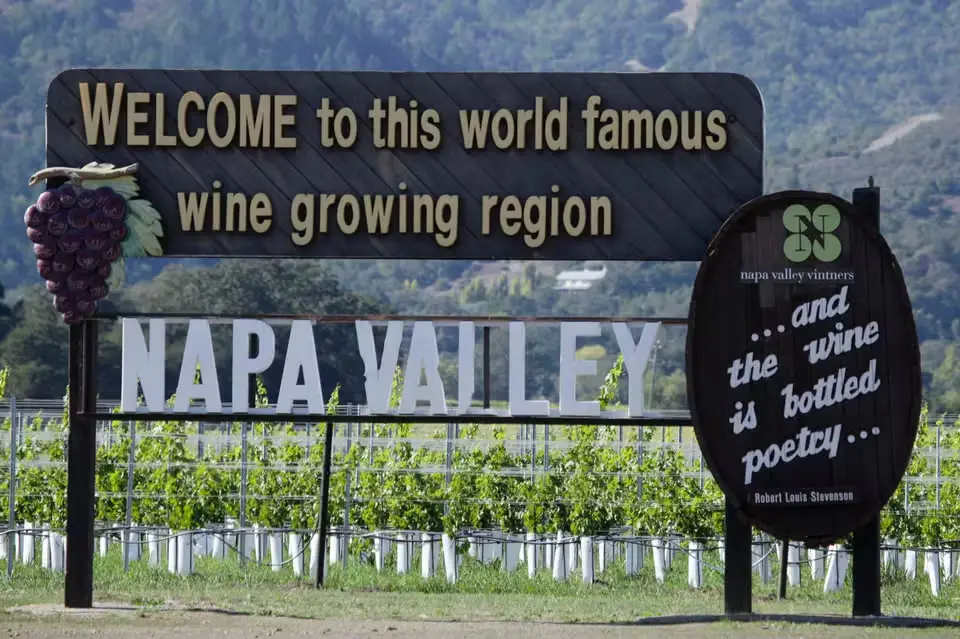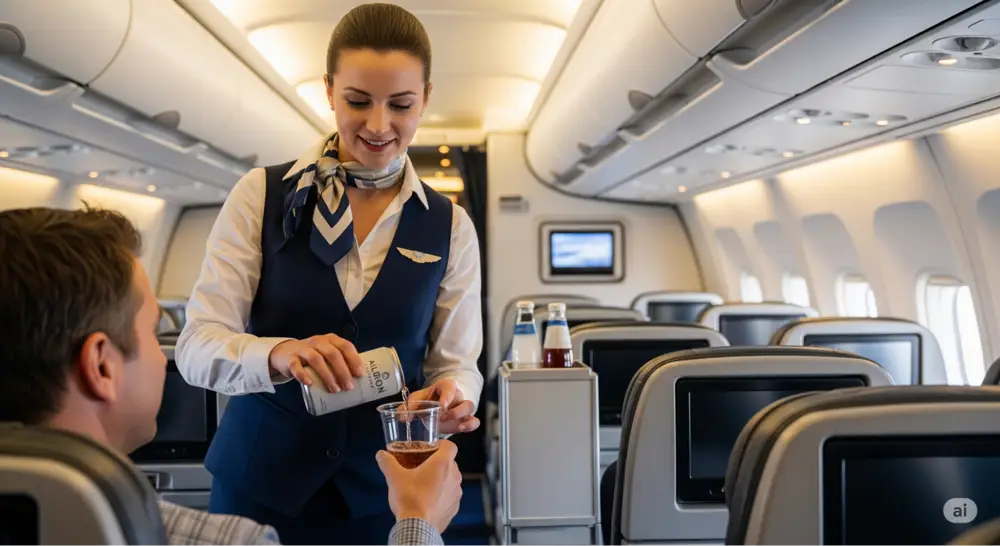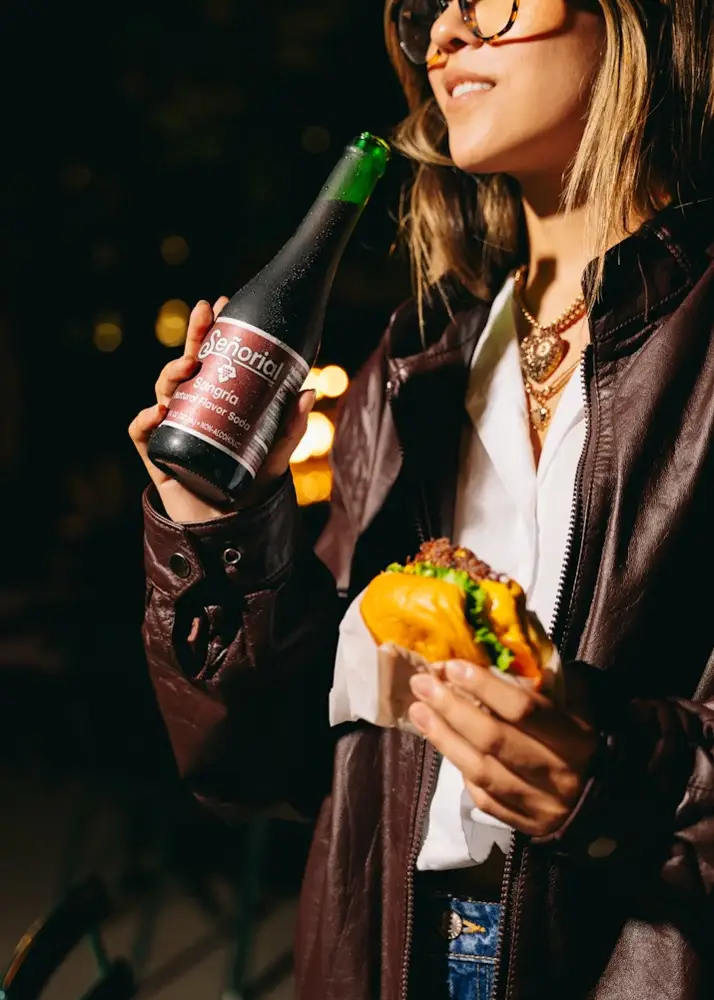Small is Beautiful: Montlouis sur Loire, the Hidden Gem of Loire Valley
In the vast landscape of French wine regions, the Loire Valley often seems to be dwarfed by Bordeaux, Burgundy, or Champagne. The longest river in France nurtures 50 appellations, from Muscadet near the city of Nantes on the west coast, pushing to Sancerre and Pouilly Fumé.
Surrounded by the picturesque castles. Loire Valley is a treasure trove waiting to be discovered. Among its hidden gems, Montlouis-sur-Loire is gaining recognition for its modest size yet exceptional quality, a haven for wine connoisseurs seeking purity and diversity.
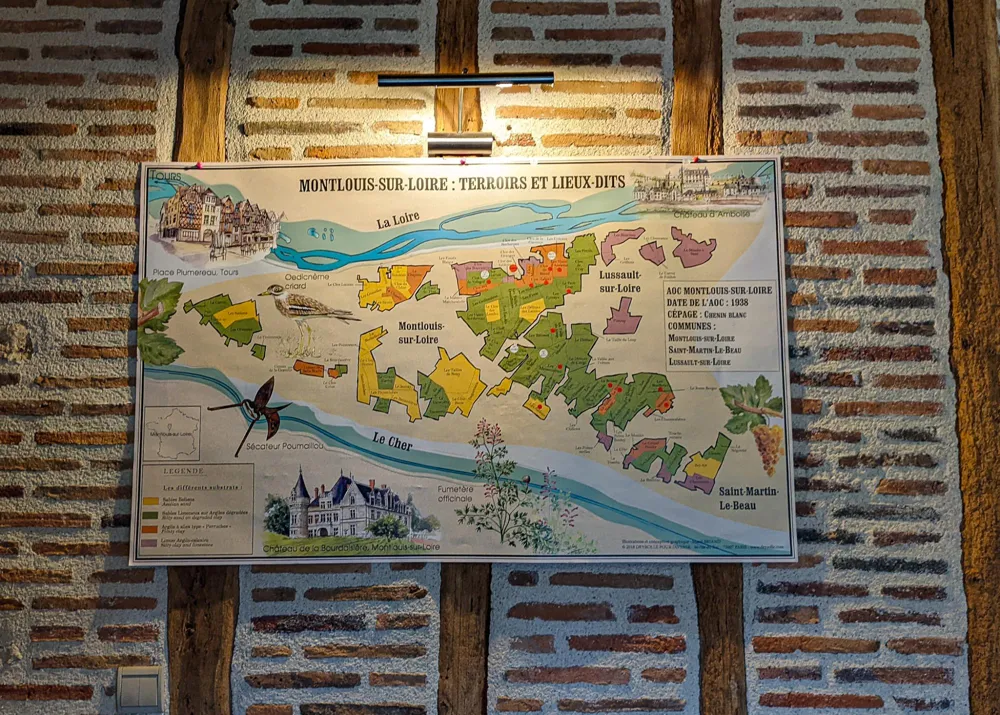
Two Rivers, Diverse Soils
As a smaller subzone, Montlouis-sur-Loire is part of the Touraine region, in the heart of the whole Loire Valley wine region, often referred to as "the Garden of France". Just 15 kilometers east and upstream of Tours, Montlouis-sur-Loire gazes across the Loire River at Vouvray. Montlouis boasts a distinctive terroir that captures the essence of its surroundings.
The vineyards, predominantly south-facing on gently carved plateaus, find themselves sandwiched by two rivers, the Loire and Cher. This unique position creates a diverse range of microclimates, shaping the distinct identity of Montlouis-sur-Loire wines. The overall climate exhibits a temperate oceanic style with a subtle continental influence.
What sets Montlouis apart extends beyond its microclimate. Here, the dominant presence of Tuffeau, formed during the Cretaceous period around 90 million years ago, lies beneath the surface, imparting a unique character to the soils. Comprising clay-limestone and alluvial sand occasional flint, the soil composition draws parallels to the mosaic-like terroirs of Burgundy.
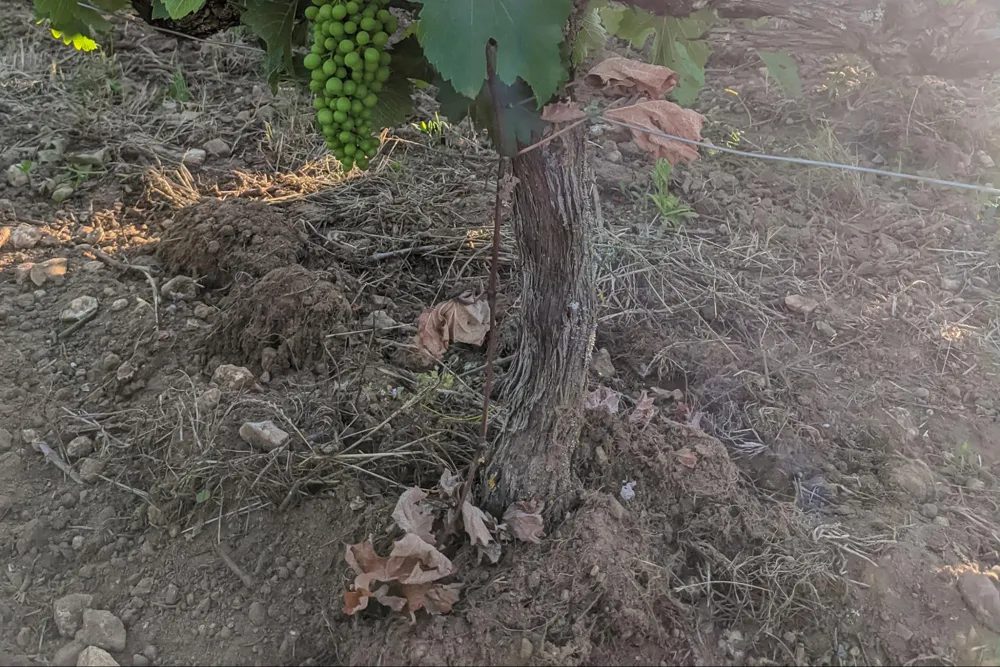
Chenin, and Chenin for All
Much like other sister appellations in Touraine, Chenin Blanc is the absolute king in Montlouis. It is the sole permitted grape for Montlouis AOC. However, a single variety doesn't mean monotonous. The river influence introduces a fascinating play with botrytis, resulting in Chenin Blanc manifesting in various styles.
The dry Chenin is the classic in Montlouis. The wines are made from non-or partially botrytized grapes featuring searing acidity, notes of green apples, quince, pear, chamomile, and a distinctive minerality, sometimes accompanied by honey or beeswax flavors. These wines are remarkably affordable with prices ranging from $20 to $50. A well-made dry Chenin Blanc has an aging potential lasting a decade or more.
Montlouis also presents semi-sweet and sweet wines, derived from botrytized and/or late-harvested grapes. Chenin Blanc's natural acidity ensures a perfect balance between sweetness and acidity, resulting in luscious, gourmand, and opulent wines that avoid being cloying.
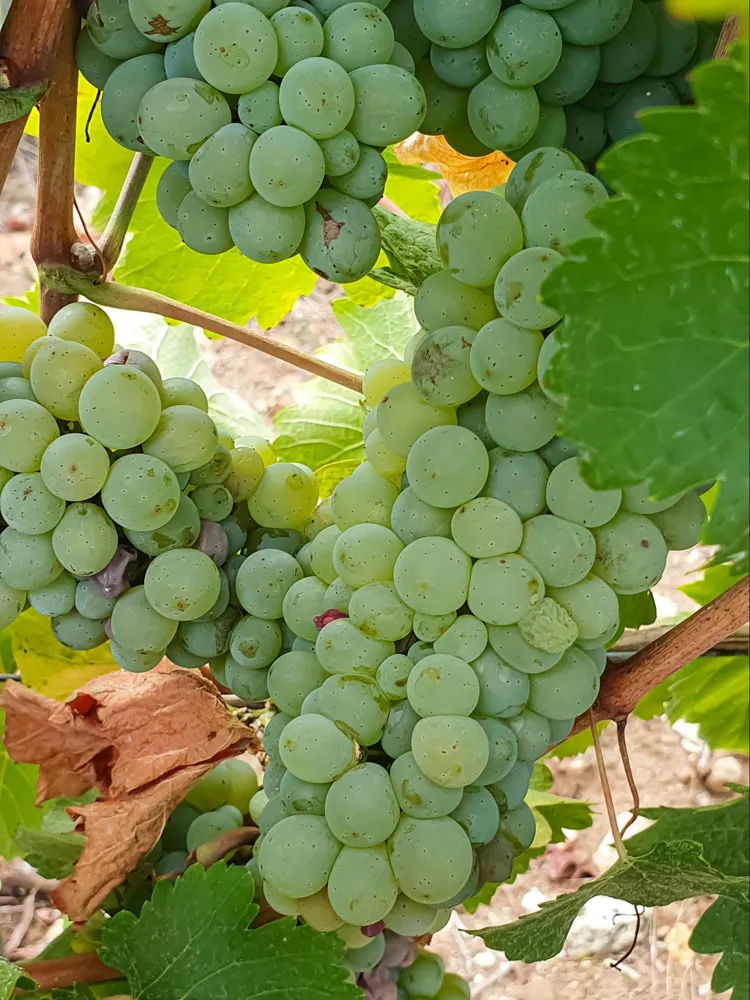
While Champagne often casts a long shadow over sparkling wines in France, Montlouis steps into the limelight with its own offerings. In addition to the Montlouis Méthode Traditionnelle, sharing the production method of Champagne with secondary fermentation in the bottle, Montlouis introduces its own Petnat, named "Originel."
Following the Méthode Ancestrale, this sparkling wine continues the fermentation in the bottle with no added yeast or sugar. The only difference is, Petnat doesn't necessarily have to be disgorged (the process of removing the dead yeast and sediment ) so it can be cloudy or hazy, Originel requires the final disgorgement to make the wine clear.
Beyond Chenin Blanc, Montlouis hosts other Loire Valley varieties, including Sauvignon Blanc, Gamay, Pinot Noir, Grolleau, Cabernet Franc, Côt (Malbec), and Pineau d'Aunis.
Small is Beautiful
In contrast to many commercial wineries and large cooperatives found in other Loire Valley regions, Montlouis, with approximately 450 hectares of vineyards, roughly the size of the five Bordeaux first growth estates combined, is a testament to quality over quantity.
Despite its small size, the region thrives with visionary and talented winemakers. With 48 vignerons (as of March 2024), averaging less than 10 hectares each, Montlouis boosts great dynamism. Francois Chidane and the late Jacky Blot (Domaine de la taille aux loups) made Montlouis emerge from the shadow of Vouvray, made Chenin Blanc wines with great character and potential.
Natural winemaker Frantz Saumon, younger generation Lise et Bertrand Jousset, Coralie et Damien Delecheneau (Domaine La Grange Tiphaine), and many other more, are making meticulously crafted artisanal wines of Montlouis. Besides that, more new blood is settling in the “hidden gem”.
We are pleased to have an interview with the owner and the winemaker of Domaine Thet, Dmitry Khlopin, who holds a PhD in Physics from the prestigious French Engineering school, but recently transformed into a vigneron in Montlouis.
Sylvia: First and foremost, why Montlouis? What's in the region that attracts you to buy the property and work there?
Dmitry: The primary reason is my passion for making sparkling wine. Chenin Blanc, being a highly versatile grape, allows me to experiment with various styles, it gives me a lot of freedom in winemaking. The Loire Valley, with climate change, is relatively stable compared to other French regions, thanks to the Atlantic influence.
Lastly, Montlouis is small and dynamic, which means it's more manageable, I can work together closely with other winemakers. As an independent smaller wine region, not bound by a larger appellation, we can think and react swiftly to climate challenges and marketing strategies.
Sylvia: Compared to other wine regions that also produce Chenin Blanc in Loire Valley, Montlouis is not that famous. What is Montlouis wine to you? Or say, what differentiates Montlouis?
Dmitry: I would say the soil. We have different soil compositions here.It's not homogenous, very unique in Loire Valley. The soil in Montlouis is very diverse but we have a lot of sandy soil. Sandy soil provides better drainage, so the grapes are riper. Most Loire Valley Chenin Blancs are lighter, but Montlouis Chenin Blanc is more intense and richer. Additionally, we have one of the highest percentages of vineyards practicing organic or biodynamic farming, with more than 60%.
Sylvia: We've discussed the advantages of Montlouis as a wine region, including the versatility of Chenin Blanc, the diversity of terroir, and the agility of a small wine region. What about the challenges?
Dmitry: Spring frost is a significant challenge here due to our low sea level. The lower the altitude, the more susceptible we are to spring frost. From a marketing perspective, the entire appellation produces maybe 2 to 3 million bottles per year. We lack the quantity to be present everywhere, and most Montlouis wines are sold in France, we are not that well-known internationally.
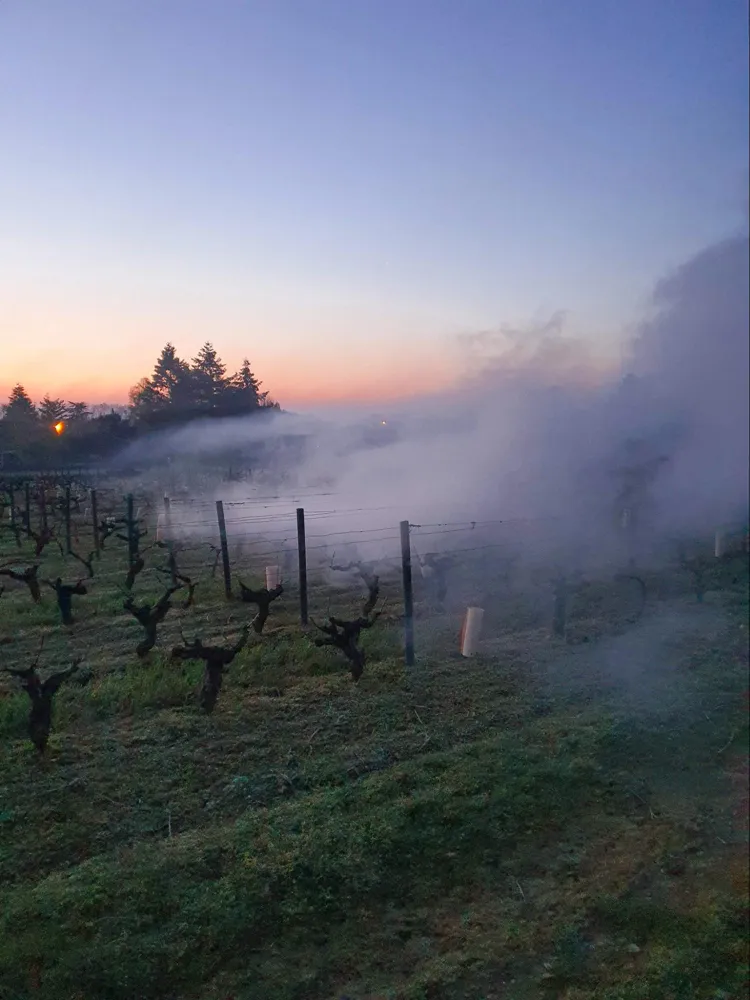
Sylvia: Last question, as an outsider and now an insider, how do you see the future of Montlouis?
Dmitry: We are very ambitious. We have plans for the next 10 years. Internal technological developments and a focus on biodiversity are in progress. Being “small but beautiful” is not enough. We aim to position Montlouis as a reference point for high-quality Chenin Blanc, a cru-level wine. So we are trying to work together to level up the production side, if everyone is better the region is better, and when the region is better, everyone benefits from it.
Sylvia: Thank you, Dmitry, keep up the good work, and hopefully soon your wines will be featured on VinoVoss!
Some great Montlouis wines to try:
Sylvia Ba
